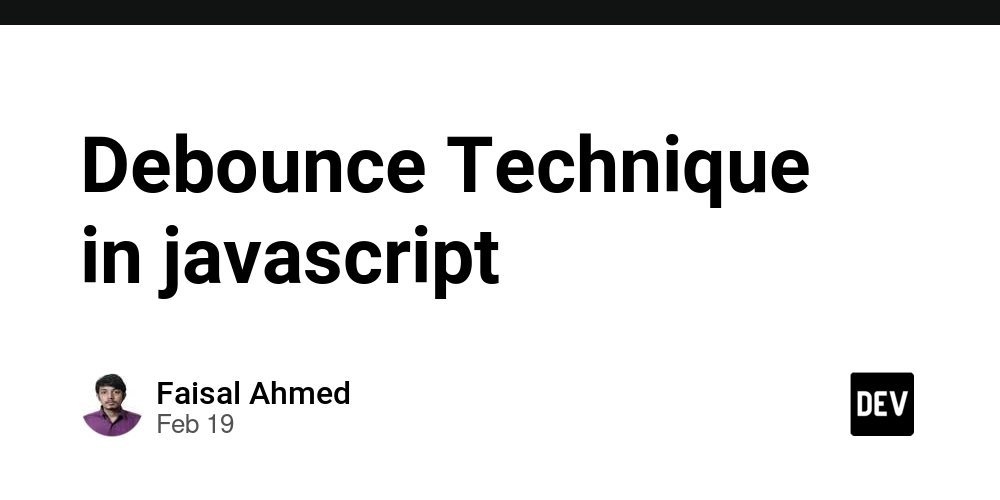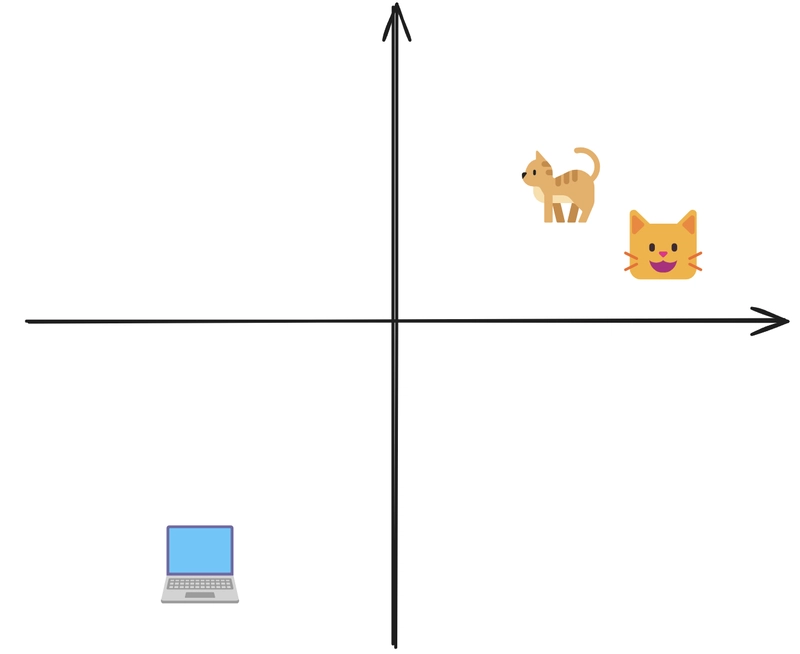How I Managed to Take My Laravel Application to the Serverless World (And How I Almost Died Trying)
Versión en español aquí. In the first chapter of this journey, we explored why migrating to AWS Serverless was the best decision for my Laravel application. We talked about automatic scalability, cost savings, and freedom from traditional maintenance. But like in every great adventure, the path has its obstacles. One of the concerns shared by most readers is that since serverless does all the magic for you and scales automatically, your wallet would also need to do so. And I must be honest with you: I fell into the trap of the magical serverless. While I celebrated the absence of servers, my code wandered through the cloud like a tourist with an unlimited credit card: enthusiastic, but wasting resources at every step. But hey! That's why I'm here today—to reveal what no tutorial warned me about: the art of writing PHP conscious of Lambda. Let's dive into how to turn our Laravel application into a true serverless warrior. Yes, we will tackle the necessary optimizations and the precautions we must take. But let's start lightly with some new concepts. 1. The Serverless Magic a) Lambda: The Execution Chef AWS Lambda is, in short, the chef that cooks your code just when needed. Its event-driven model means it only activates upon requests (HTTP, SQS events, cron jobs, etc.), and like an a la carte kitchen, you only pay for the time the stove is used. Additionally, Lambda's free tier allows you to start without worries, as long as you keep an eye on usage limits. But: Did you know that AWS Lambda, among all the languages it natively supports, PHP is not one of them?

Versión en español aquí.
In the first chapter of this journey, we explored why migrating to AWS Serverless was the best decision for my Laravel application. We talked about automatic scalability, cost savings, and freedom from traditional maintenance. But like in every great adventure, the path has its obstacles.
One of the concerns shared by most readers is that since serverless does all the magic for you and scales automatically, your wallet would also need to do so.
And I must be honest with you: I fell into the trap of the magical serverless. While I celebrated the absence of servers, my code wandered through the cloud like a tourist with an unlimited credit card: enthusiastic, but wasting resources at every step.
But hey! That's why I'm here today—to reveal what no tutorial warned me about: the art of writing PHP conscious of Lambda.
Let's dive into how to turn our Laravel application into a true serverless warrior. Yes, we will tackle the necessary optimizations and the precautions we must take.
But let's start lightly with some new concepts.
1. The Serverless Magic
a) Lambda: The Execution Chef
AWS Lambda is, in short, the chef that cooks your code just when needed. Its event-driven model means it only activates upon requests (HTTP, SQS events, cron jobs, etc.), and like an a la carte kitchen, you only pay for the time the stove is used. Additionally, Lambda's free tier allows you to start without worries, as long as you keep an eye on usage limits.
But: Did you know that AWS Lambda, among all the languages it natively supports, PHP is not one of them?
































































![Apple Faces New Tariffs but Has Options to Soften the Blow [Kuo]](https://www.iclarified.com/images/news/96921/96921/96921-640.jpg)


![Apple Releases macOS Sequoia 15.5 Beta to Developers [Download]](https://www.iclarified.com/images/news/96915/96915/96915-640.jpg)



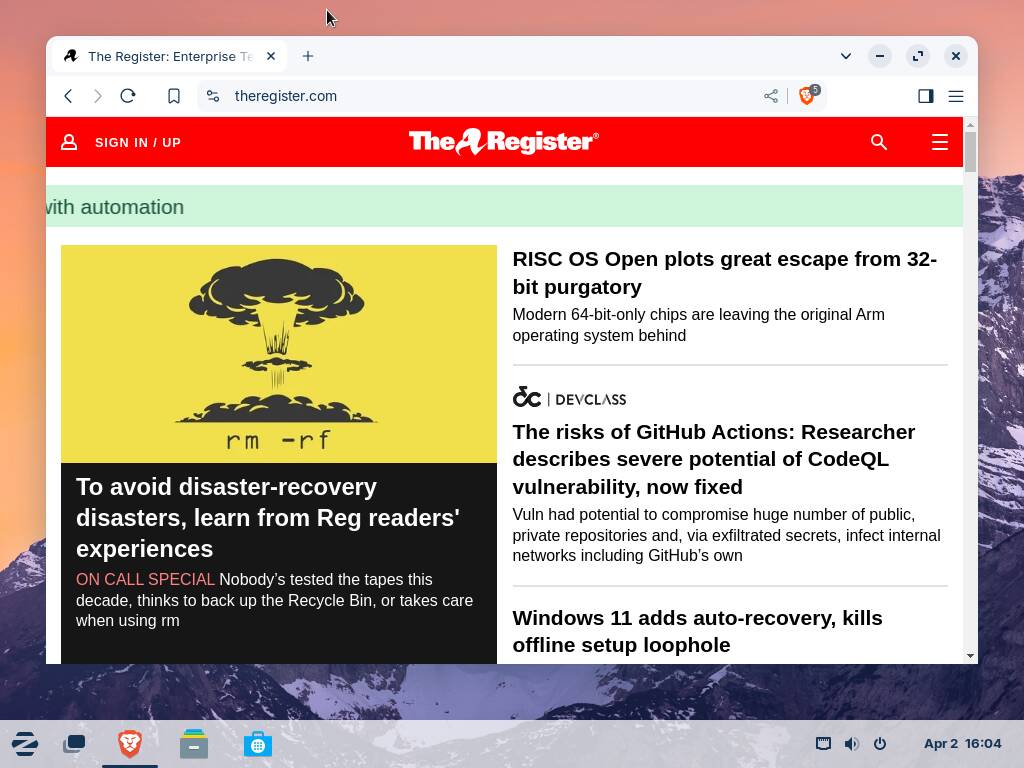













![Hands-on: We got to play Nintendo Switch 2 for nearly six hours yesterday [Video]](https://i0.wp.com/9to5toys.com/wp-content/uploads/sites/5/2025/04/Switch-FI-.jpg.jpg?resize=1200%2C628&ssl=1)


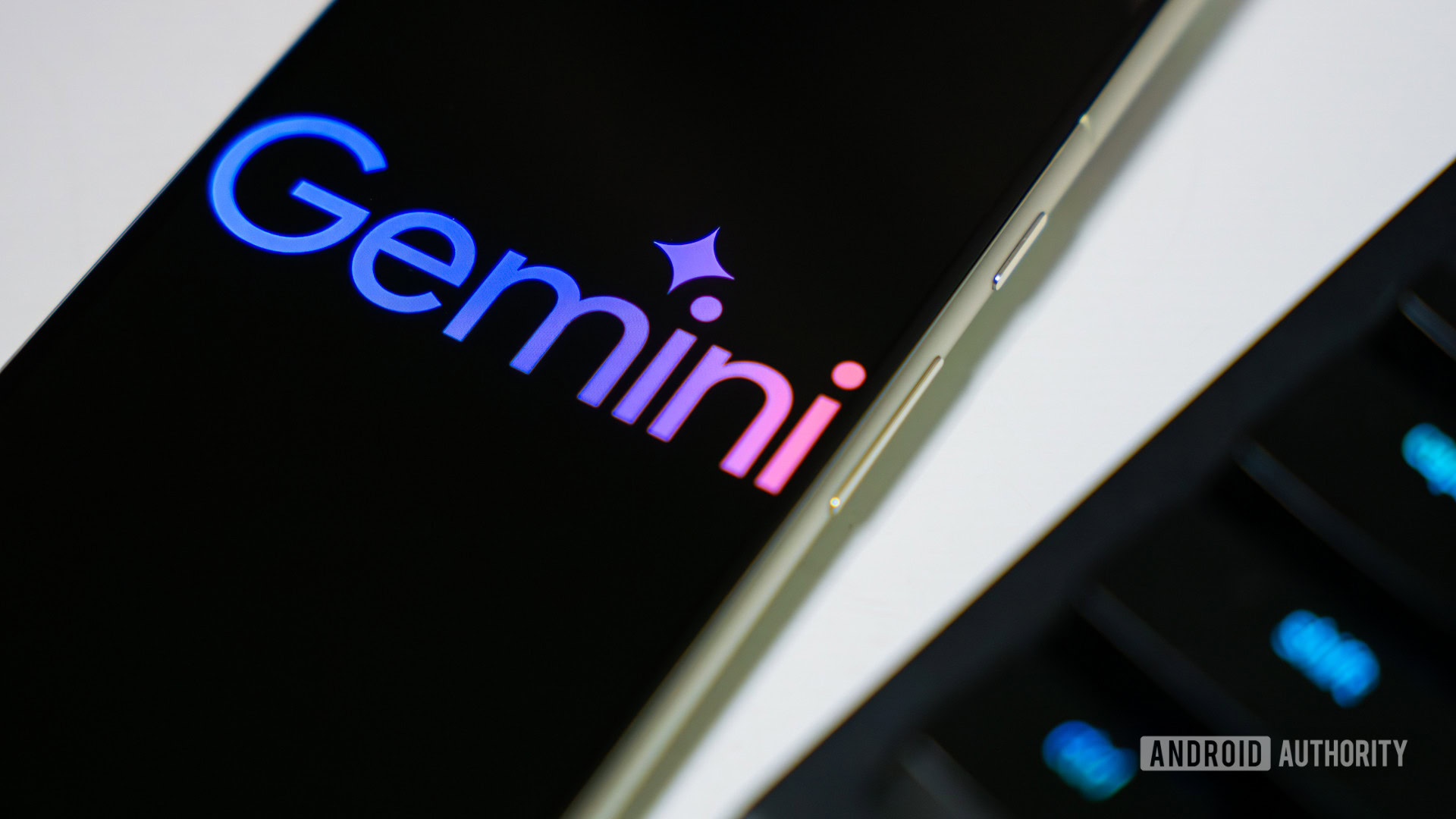




















































































_Anthony_Brown_Alamy.jpg?#)
_Hanna_Kuprevich_Alamy.jpg?#)













































































![[The AI Show Episode 142]: ChatGPT’s New Image Generator, Studio Ghibli Craze and Backlash, Gemini 2.5, OpenAI Academy, 4o Updates, Vibe Marketing & xAI Acquires X](https://www.marketingaiinstitute.com/hubfs/ep%20142%20cover.png)

























































































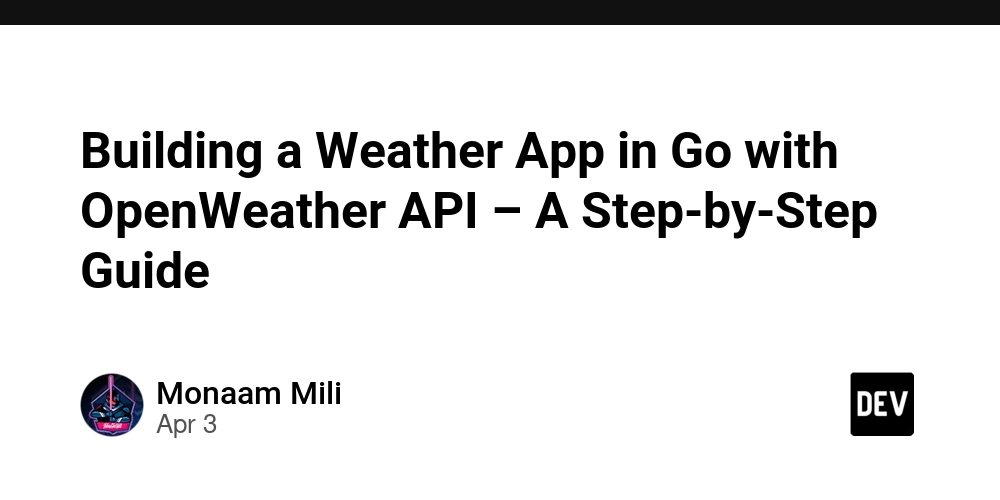
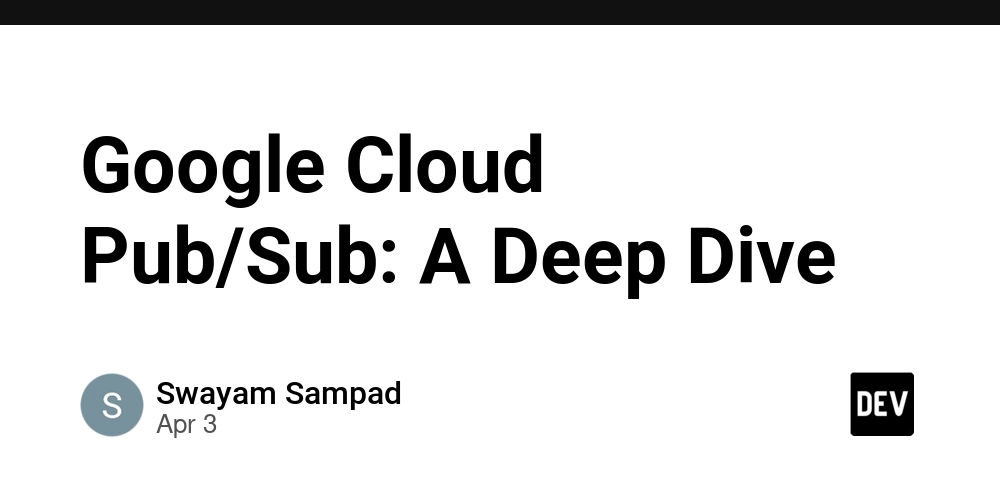
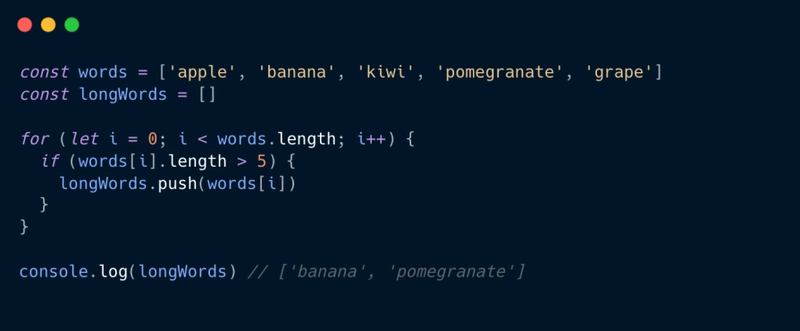



















![Is this a suitable approach to architect a flutter app? [closed]](https://i.sstatic.net/4hMHGb1L.png)






















![[DEALS] Microsoft Office Professional 2021 for Windows: Lifetime License (75% off) & Other Deals Up To 98% Off – Offers End Soon!](https://www.javacodegeeks.com/wp-content/uploads/2012/12/jcg-logo.jpg)




















































































